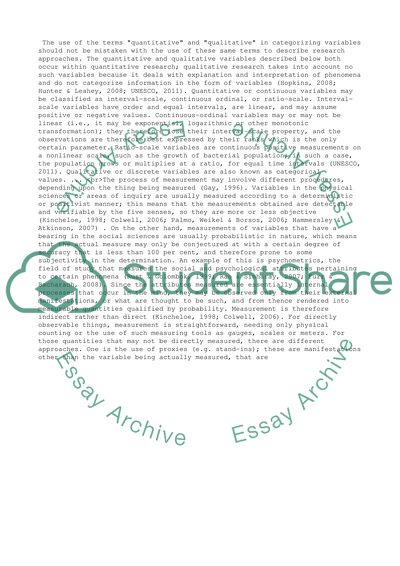Cite this document
(“Critically Evaluating Quantitative Research Assignment”, n.d.)
Critically Evaluating Quantitative Research Assignment. Retrieved from https://studentshare.org/management/1441475-critically-evaluating-quantitative-research
Critically Evaluating Quantitative Research Assignment. Retrieved from https://studentshare.org/management/1441475-critically-evaluating-quantitative-research
(Critically Evaluating Quantitative Research Assignment)
Critically Evaluating Quantitative Research Assignment. https://studentshare.org/management/1441475-critically-evaluating-quantitative-research.
Critically Evaluating Quantitative Research Assignment. https://studentshare.org/management/1441475-critically-evaluating-quantitative-research.
“Critically Evaluating Quantitative Research Assignment”, n.d. https://studentshare.org/management/1441475-critically-evaluating-quantitative-research.


